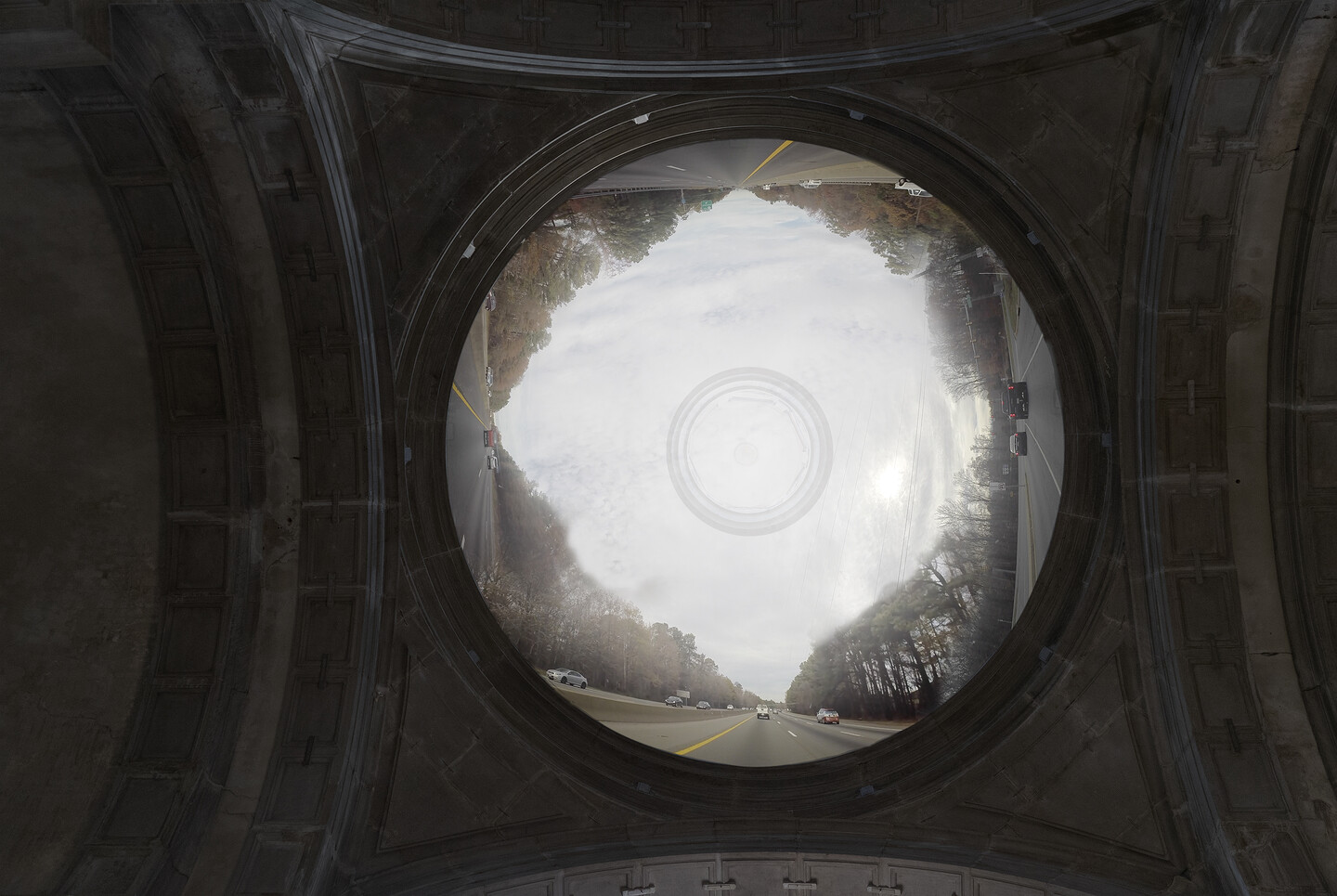There is a Beginning in the End
San Fantin Church
Together with the Stella Art Foundation, the Pushkin Museum will present a special project of the “Pushkin Museum XXI” initiative in Venice: There is a Beginning in the End, a modern art exhibition in commemoration of the 500th anniversary of the Venetian artist Jacopo Robusti, called Tintoretto. This event will be held at the same time as the 58th Venice Biennale.
The San Fantin church, where Tintoretto’s paintings used to be displayed, will host works by contemporary artists Dmitry Krymov, Irina Nakhova and Gary Hill. These pieces will be in dialogue with a painting by Emilio Vedova, a modernist Italian artist and one of Tintoretto’s followers, and the historical context of the venue. An intervention project by the !Mediengruppe Bitnik team from Switzerland will complement the exhibition and stress the atmosphere of participation and affiliation with a secret Venetian brotherhood.
In contrast to a traditional exhibition, this project is arranged as a kind of contemporary liturgy where each act is a new artwork filling the entire space of the church. In addition to media objects, the exhibition will feature a painting by Emilio Vedova, an Italian abstractionist and main follower of Tintoretto in the 20th century, which is echoed by the works of contemporary artists.
Dmitry Krymov, a scenery designer, turns the San Trovaso Church into a performative installation inspired by the Last Supper. As an interpretation of this biblical story, he constructs in the altar of the San Fantin Church an alternative reality based on trompe-l’oeil, an optical illusion, thereby causing the viewers to doubt the correctness of their perception.
A media installation by Irina Nakhova consists of three parts, each being a reference to the works of the great master. All of them reinterpret biblical stories from the perspective of contemporary history. For this artist, an important theme of Tintoretto’s works is the vigorous movement of masses of people with their crucial emotional intensity. A swirling material born on earth searches for a way out in the transcendent outer space, which is hardly comprehensible but can be felt through Irina Nakhova’s dramatic media object.
Gary Hill, a classic of American media art, decomposes Tintoretto’s paintings into patterns and elements and uses those as a basis on which to create a new sounding and shimmering essence. The primary starting point for Hill is the realm of human consciousness rather than architectural space. The combination of visual images and intense electronic tones makes it possible to achieve a deep synesthetic experience.
Tondo, one of Emilio Vedova’s later works presented at the exhibition, is in the shape of a circle. It reflects the concept of an endless loop of time. For Vedova, the mission of an artist was to record and re-translate the eternal themes of disturbing worldwide collisions: wars, injustice, oppression. Like Tintoretto, he handles huge spaces and forces of nature rather than single images. He employs the circular shape to go beyond the depictive environment through the connection between space and time.
The Pushkin Museum exhibition will be the first event to welcome a wide audience to the San Fantin Church after a decade of restoration work. Its construction was finished in the 16th century, while the first local public worship buildings date back to the 10th century.
Another participant of the exhibition is the !Mediengruppe Bitnik team, which will hold a secret intervention project for the viewers to join Tintoretto’s Secret Brotherhood. The atmosphere of secrecy, affiliation and co-creation will connect their project with the Venetian brotherhoods.
Visitors of this year’s Venice Biennale, which kicks on May 11, are in for a real surprise. The world’s most anticipated art show is hosting not one but three iconic Russian museums, each showcasing works from the last 100 years, complete with a subtle reference to the Renaissance in Venice.
According to the Director of St.Petersburg’s Hermitage, Mikhail Piotrovsky, the museum will curate the Russian Pavilion at the Giardini della Biennale. For the first time ever, the task of curating a pavilion will not fall on an individual or group, but an institution.
Russia’s entry will be a collective exhibit featuring Aleksander Sokurov, who scooped the Venice Film Festival’s coveted Golden Lion award with his film Faust, and scenic painter Aleksander Shishkin-Hokusai. Sculptures featuring in the latter’s installation are currently being made in workshops in St.Petersburg’s Tovstonogov Theater, which Piotrovsky says is partnering up with the Venice Biennale.
Moscow’s Pushkin Museum and Tretyakov Gallery are also preparing their own shows at different locations in Venice. The Pushkin is teaming up with the Stella Art Foundation for the exhibition called “At the end dwells the beginning…” at the Church of San Fantin, presented as a dialogue between Old Masters and contemporary artists. Among those being featured include Tintoretto and Emilio Vedova, theater director Dmitry Krymov, and conceptualist Irina Nakhova (who represented Russia at the 2015 biennale), American video artist Garry Hill, and the Swiss collective !Mediengruppe Bitnik.
As requested by the Venice-based Ca’ Foscari University, the Tretyakov will curate a monographic exhibit by Geliy Korzhev titled “Korzhev. Back to Venice.” The representative of socialist realism, who authored the famous “Raising the Banner,” is a favorite of Tretyakov Director Zelfira Tregulova. She featured his work at the Palazzo delle Esposizioni in Rome, not to mention organizing his first retrospective at the Tretyakov in 2016.
The word “Back” in the title of the exhibit relates to the artist’s participation in the 1962 biennale, when he represented Russia, among others. Today this exhibition space will feature some 50 works.
Both Moscow museums have also submitted their exhibits to the biennale’s parallel program, which will provide additional opportunities to promote their exhibitions. However, the Pushkin Museum told Russia Beyond that both applications have been declined.

